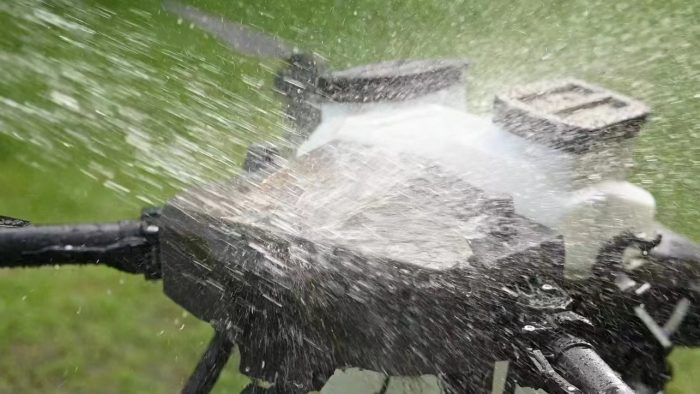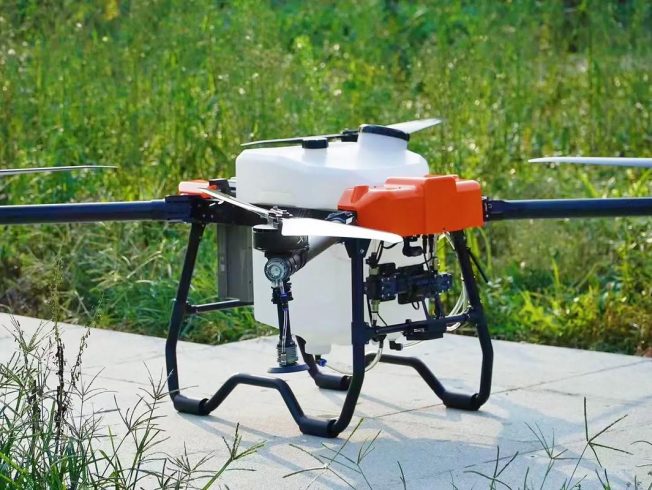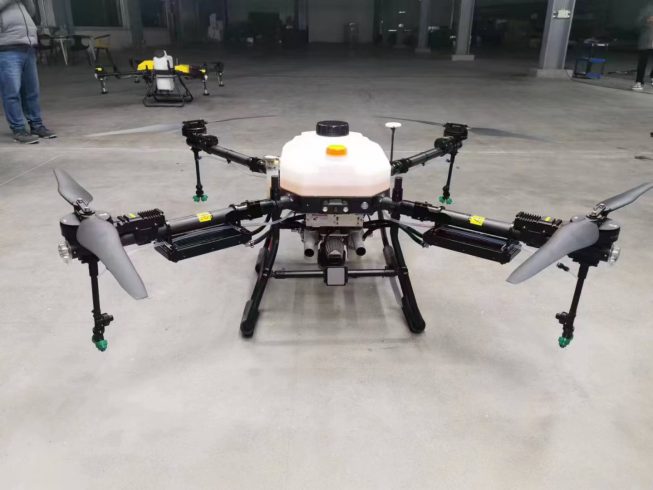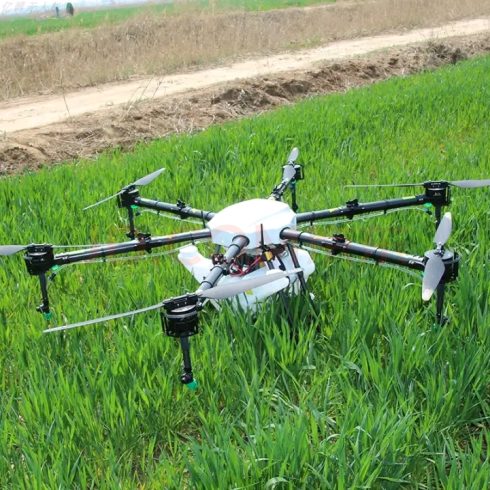![图片[1]-Empowering Small and Medium Farms with Agricultural Spraying Drones-msoen](https://www.msoen.com/wp-content/uploads/2025/03/2e999feb0e8b-1024x769.jpg)
Why Small Farms Need Drone Sprayers
Unlike large agribusinesses, small and medium farms typically have limited capital for heavy machinery or large crews. Traditional backpack sprayers and tractor‑mounted booms present challenges:
- Labor Intensity: Backpack units demand long hours under the sun, leading to fatigue and potential safety risks.
- Uneven Coverage: Manual methods struggle to maintain consistent spray patterns, increasing chemical use and missing pest hotspots.
- Terrain Constraints: Steep slopes, wet fields, and irregular parcels limit the effectiveness of conventional equipment.
Drone sprayers eliminate these pain points. Lightweight quadcopters and hexacopters can launch from any flat area, cover irregular plots with GPS‑guided precision, and drastically reduce the physical burden on workers.
2. Cost‑Effective Precision on a Small Scale
Up‑Front Investment vs. Long‑Term Savings
- Entry‑Level Drone Kits: Starting at a few thousand dollars, basic quadcopters with 10–15 L tanks fit most small farms’ budgets.
- Chemical Efficiency: By targeting only infested zones and adjusting droplet size to the crop canopy, drone users often cut pesticide and fertilizer use by 30–50%.
- Reduced Labor Costs: One pilot can manage multiple missions per day, replacing the effort of several full‑time sprayer operators.
Rapid ROI
Even with modest acreage—10 to 50 hectares—precision application yields quick payback. Savings on agrochemicals, coupled with improved crop health, can offset the drone’s cost within a single growing season.
3. Simple Operation and Minimal Training
Modern agricultural drones feature user‑friendly interfaces designed for non‑technical operators:
- Mobile‑App Mission Planning: Farmers draw treatment zones directly onto satellite‑view maps and set spray parameters—no coding required.
- Automated Flight Execution: Once the mission is uploaded, the drone follows waypoints, maintains a consistent altitude, and regulates nozzle pressure autonomously.
- One‑Click Data Logging: Every flight automatically records location, chemical volume, and duration, helping comply with local regulations and track performance.
Training programs offered by manufacturers often include a one‑day workshop covering safety protocols, battery management, and basic maintenance—enough to get any grower airborne in hours.
4. Overcoming Challenges on Diverse Small Farms
Orchard & Vineyard Applications
- Boom‑Style Nozzles: Extended arms reach tall trees and vines, ensuring even coverage on both sides of the canopy.
- High‑Clearance Frames: Drones hover safely above crop rows without disturbing plant health.
Paddy & Wetland Fields
- Low‑Altitude Flight Modes: Specialized GPS settings allow stable hover just above water level, minimizing drift.
- Corrosion‑Resistant Materials: IP67‑rated components withstand exposure to moisture and agrochemicals.
Fragmented Land Parcels
- Quick Deployment: Drones require only a 3×3 m takeoff area, ideal for irregular or roadside plots.
- Multi‑Spot Missions: Operators can chain multiple small fields into a single mission, saving setup time.
5. Integrating Drones into a Holistic Farm Management System
Even small farms can benefit from data‑driven insights when drone spraying joins an IoT ecosystem:
- Soil‑Moisture Sensors: Feed real‑time hydration data to the drone’s mission planner, delaying spraying during wet conditions to prevent runoff.
- Multispectral Imaging: Switch from spraying to aerial scouting mode—drones capture NDVI maps that reveal nutrient deficiencies ahead of visible symptoms.
- Weather Stations: Live weather feeds auto‑adjust flight schedules, ensuring safe spraying windows in low‑wind conditions.
This integration turns a standalone drone into a multifunctional tool, amplifying its value beyond spray application.
Conclusion
Agricultural spraying drones are more than a high‑tech novelty—they’re a game‑changer for small and medium farms. By offering affordable, easy‑to‑use precision spraying, these UAV sprayers boost yields, cut costs, and foster sustainable practices. For growers looking to modernize without heavy capital outlay, drone technology provides an accessible, scalable path forward.
Ready to take your farm to the next level? Explore our range of entry‑level spraying drones and discover how precision UAV spraying can transform your crop‑protection strategy.












暂无评论内容